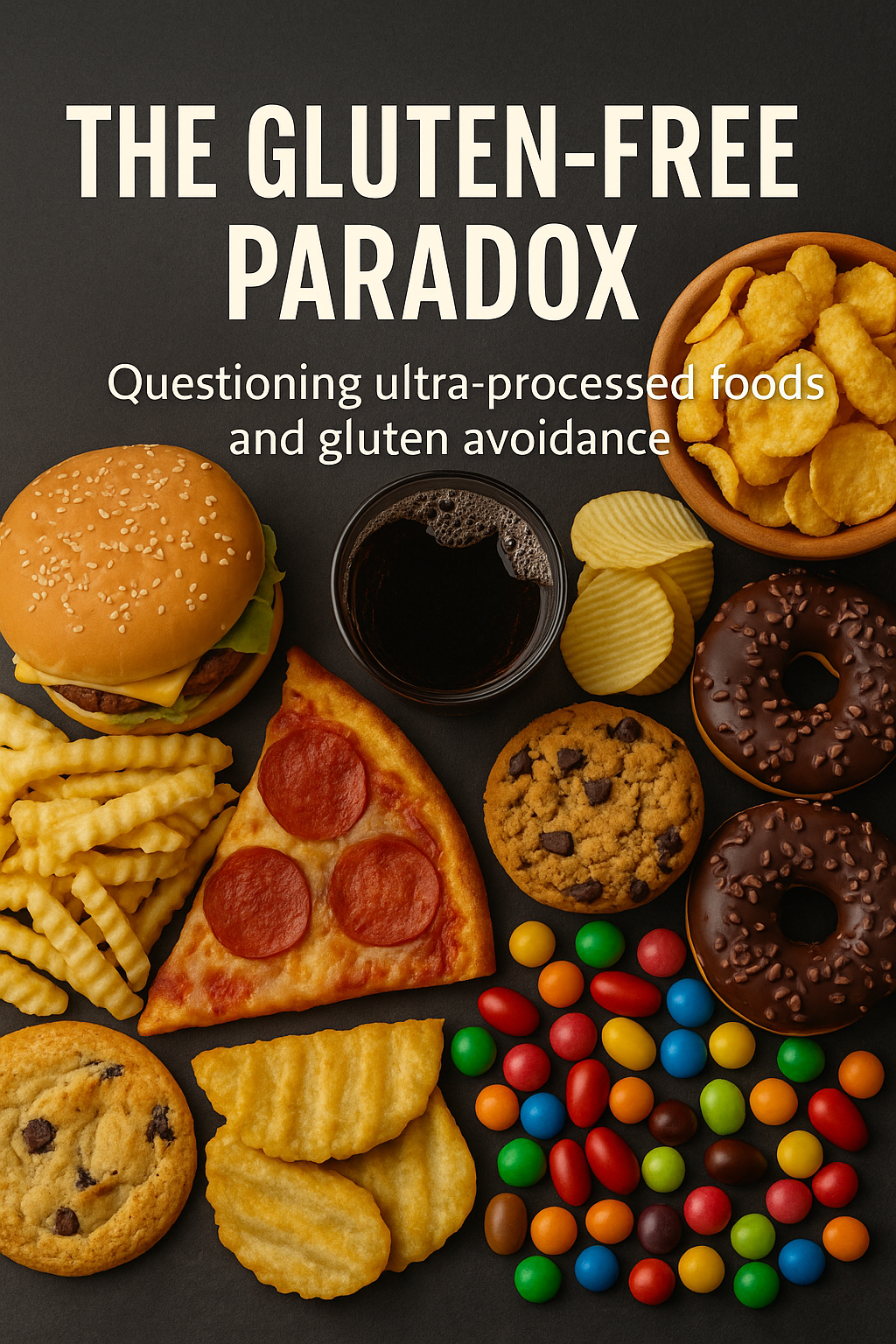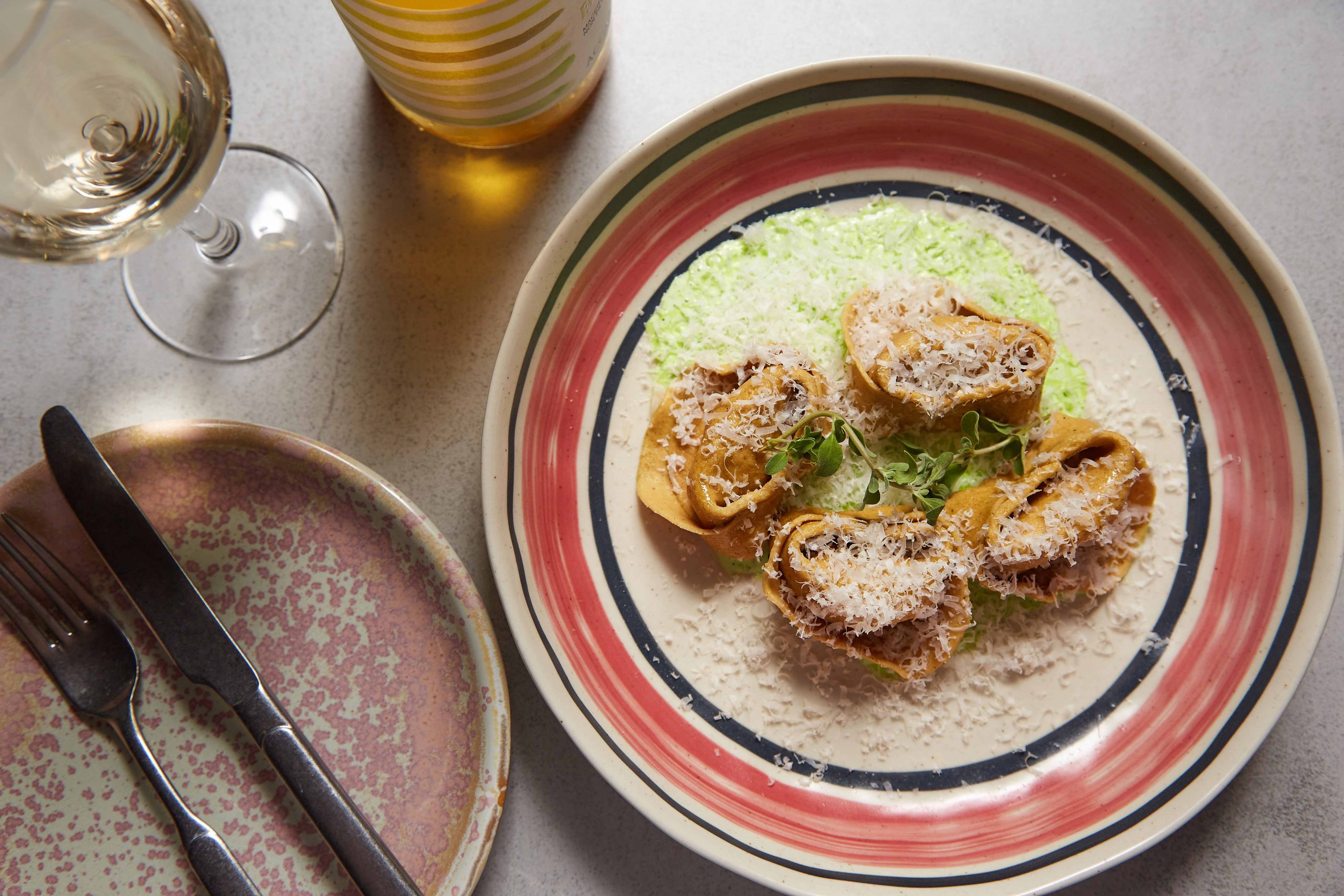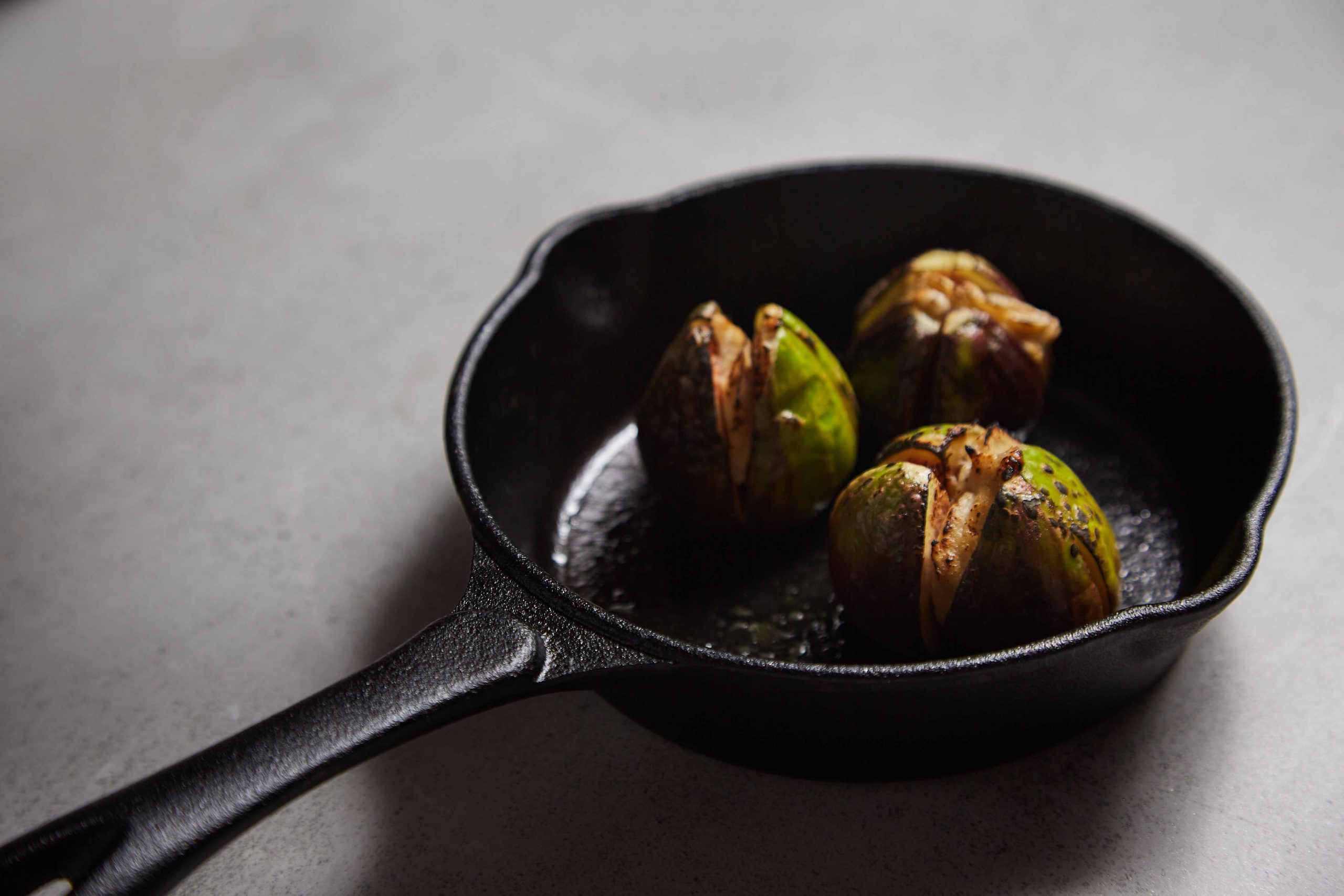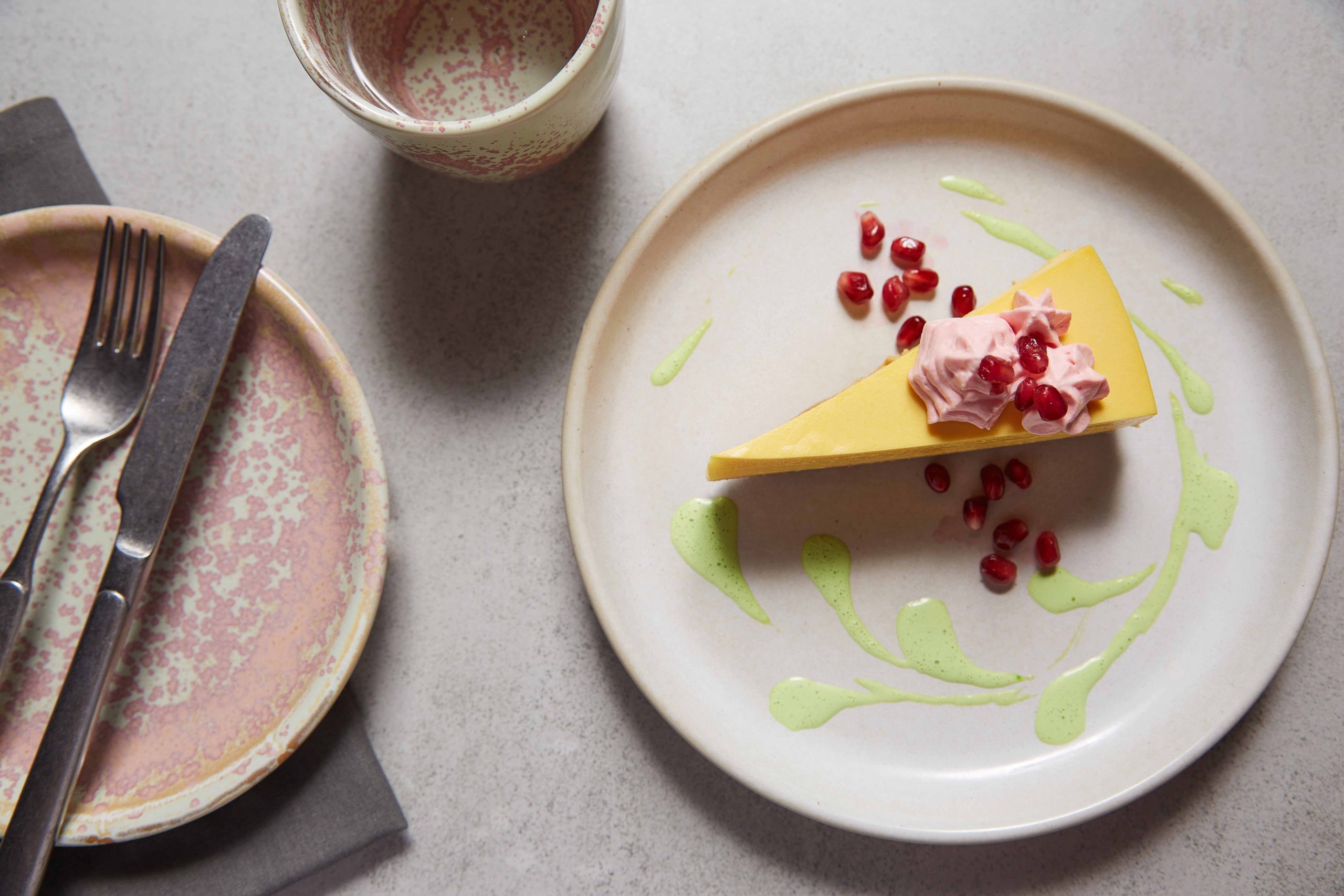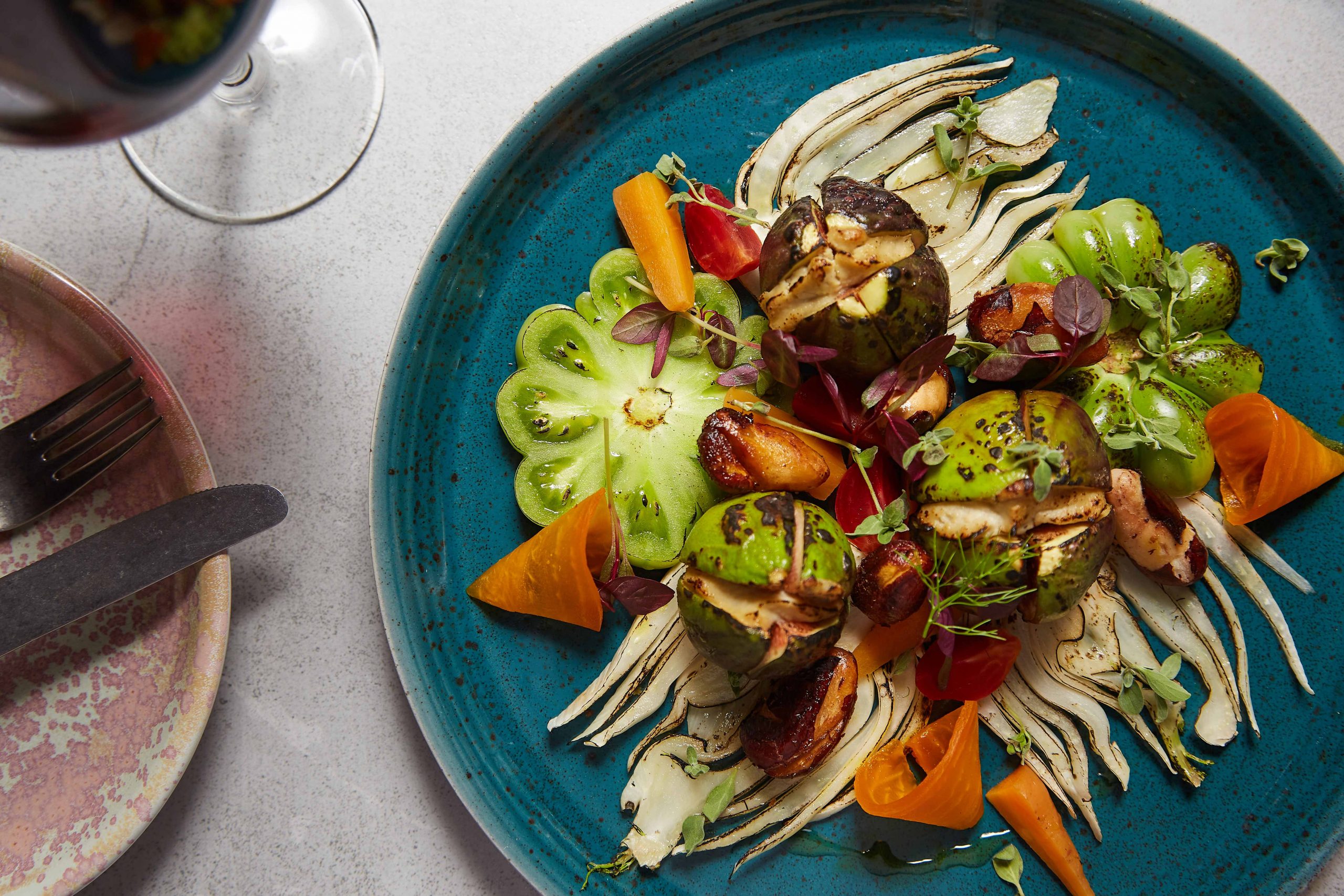The real problem with bread isn’t gluten. It’s what we’ve done to it
I only question food trends when they stop making sense. The gluten-free craze? It never made sense to begin with — at least not the way most people approach it.
Disclaimer: If you have celiac disease or genuine gluten intolerance, this isn’t about you. I respect why you avoid gluten. You can skip this one.
This is for everyone else who fell down the gluten-free rabbit hole because wellness influencers convinced them that bread was the devil, or because you thought cutting gluten would magically solve problems that had nothing to do with wheat.
You know who you are: the ones ordering gluten-free pasta with a pint of beer, or asking for gluten-free bread before finishing your meal with a regular cookie “just this once.”
So here’s a radical idea: maybe gluten isn’t the enemy. Maybe the real problem is how we’ve industrialised wheat production — and food itself.
Ready to have your assumptions challenged? Good. Let’s talk.
The Numbers Game
The statistics are striking. According to the UK Coeliac Association, about 1% of the population has celiac disease. Research suggests another 1–6% may have non-celiac gluten sensitivity — real, but poorly understood. Even if we assume the higher end, that’s maybe 7% of the population.
And yet, the gluten-free market has exploded — worth $7.23 billion in 2024 and projected to reach nearly $12 billion by 2032. Many people are going gluten-free for weight loss, though there’s no established link between gluten and weight gain.
Meanwhile, some of the longest-lived people in the world — centenarians in a Sicilian Blue Zone — have eaten bread and pasta their entire lives. They are slim, healthy, and content.
The Real Culprit: Ultra-Processing
Here’s where the logic falters. Ultra-processed foods are demonstrably bad for you. A lot of ultra-processed foods happen to contain gluten. Therefore, many people concluded that gluten is the problem. But this is classic guilt by association—like being arrested because your friend does illegal substances.
The evidence points instead to ultra-processing itself: foods stripped of nutrients, pumped with preservatives and stabilisers, made convenient but nutritionally hollow. Our our bodies struggle to recognise and process properly. Gluten just happens to be along for the ride in many of these products.
If you are choosing to go gluten-free for weight loss, you may be surprised to learn that it’s often not an effective strategy and can even be counterproductive. Simply swapping out gluten-containing products for their processed gluten-free counterparts, like breads, cookies, and snacks, is unlikely to lead to weight loss. This is because these products are often higher in calories, refined starches, sugar, and fat to compensate for the lack of gluten and to improve flavour.
The common misconception that a gluten-free diet is a weight-loss diet stems from the fact that people who eliminate gluten are often simultaneously cutting out a lot of highly processed, high-calorie foods that contain gluten, such as pastries, cakes, and many fast foods. When people lose weight on a gluten-free diet, it’s typically because they’ve replaced these refined foods with whole, naturally gluten-free foods like fruits, vegetables, lean proteins, and legumes, which are lower in calories and higher in nutrients. The weight loss is a result of a healthier overall diet, not the absence of gluten itself.
For those without a medical need to avoid gluten (like celiac disease or a gluten sensitivity), a gluten-free diet can even lead to nutritional deficiencies in fibre, B vitamins, and iron, and can sometimes result in weight gain if not managed carefully. The best approach for weight loss is not to focus on a single protein, but rather to prioritise a balanced diet of whole, unprocessed foods and to maintain a calorie deficit.
The Modern Wheat Question
It’s true that modern wheat isn’t what our ancestors ate. Industrial agriculture has bred for higher gluten content and easier mechanical processing. Milling strips away nutrients. Bread is rushed with speed-rising agents. Preservatives creep in.
The idea that all wheat is bad stems from the fact that modern, commercial bread is a highly processed product designed for shelf life and convenience, not nutrition.
Yes, this may trigger issues for some people. But again, the problem lies in industrial farming and processing—not gluten as a protein. The good news is,
there are still good wheat products available on the market, as well as plenty of “good” breads available that are made closer to how our ancestors would have. The solution isn’t to put away gluten forever, but to find proper, good bread.
What to Look For in “Good” Bread
When you’re searching for bread that’s better for you, focus on these key factors:
Whole Grains: A proper loaf is made from 100% whole grain flour, which includes the bran, germ, and endosperm. This ensures you’re getting the full range of fibre, vitamins, and minerals that are stripped away in refined white flour. Don’t be fooled by brown colour, as some white breads are coloured with molasses to look healthier. Check the ingredients list!
Long Fermentation: The best bread, particularly traditional sourdough, undergoes a slow, natural fermentation process. This allows the beneficial bacteria and wild yeasts to break down phytic acid, an “anti-nutrient” that can inhibit mineral absorption. This process also makes the bread easier to digest and can lower its glycemic index.
Simple Ingredients: A good bread’s ingredient list should be short and familiar. Look for flour, water, salt, and a leavening agent (like a sourdough starter or baker’s yeast). Avoid loaves with a long list of additives, preservatives, and added sugars, which are common in mass-produced bread.
Sprouted Grains: Some of the healthiest breads are made from sprouted grains. During the sprouting process, the grain begins to germinate, which can increase the bioavailability of nutrients, making them easier for your body to absorb. Sprouted grain breads are often higher in protein and fibre, and lower in carbohydrates than other breads.
Here’s The Paradox
What really baffles me: people avoiding traditional bread because they think gluten is harmful, then buying ultra-processed gluten-free bread that’s worse for them.
Most commercial gluten-free breads have almost no nutrients, no fibre, and are packed with gums and stabilisers. Even if you truly can’t digest gluten, this isn’t doing you any favours.
The only reasonable gluten-free bread option is homemade — simple, whole ingredients, no additives. But how many people are actually doing that?
The Restaurant Reality
As a chef, I see this play out in real time. Guests ask why I don’t serve gluten-free bread. Here’s my answer:
We’re an organic vegetarian restaurant. We make everything ourselves from whole, good quality ingredients. The gluten-free breads available to restaurants? Ultra-processed junk. Not organic. Not honest food.
I buy organic flour and extra-virgin olive oil. I make bread myself, wait 48 hours before baking, dedicate myself fully to the craft. And then someone wants me to serve them a packaged junk alternative full of stabilisers? It’s almost an insult to the work.
The Practical Problem
Guests sometimes say: “Why not make your own gluten-free bread?” In theory, I’d love to. In practice, it’s wasteful.
Maybe one guest a day asks for it. I’d need to bake a whole batch daily to keep it fresh, then throw away what isn’t eaten. That’s not sustainable.
And to make a nutritious gluten-free bread, I’d need almond flour — which creates another problem: nut allergies. There are more nut allergy cases in the UK than celiac cases. Solve one problem, create another. Soon I’d be making three or four types of bread daily, throwing a lot of it in the bin. Or compromise on freshness by freezing everything?
A Different Approach
Instead of demonising gluten or blindly avoiding it, let’s focus on what actually works:
1. Choose minimally processed foods — whether gluten is present or not.
2. If you suspect sensitivities, work with a healthcare provider.
3. Support food systems that value nutrition over convenience.
4. Recognise the difference between genuine medical needs and wellness fads.
My decision is pragmatic: I’ll keep making the most nutritious, environmentally friendly bread I can. For those who truly can’t eat gluten, you have my apologies — and the rest of the menu.
For everyone else: maybe gluten isn’t the ancient villain. Maybe the real problem is what we’ve done to food in the name of profit and speed.
That’s a conversation worth having — preferably over some proper bread.
Making Amends
Now that you’ve survived that verbose tirade I unleashed above—and I know it was a slog—I had a moment of clarity during a reflective walk through a leafy park with ‘Dust in the Wind’ as my soundtrack. Here’s my path to redemption: I’m going to show you how to make genuinely good, healthy gluten-free bread at home. The kind that’s so delicious you’d choose it whether you avoid gluten or not. Three recipes that will ensure you never have to subject yourself to that ultra-processed supermarket nonsense again. Click here to follow up: My Gluten-Free Bread Trilogy.
–By the way, after much gentle bullying, our chef finally caved and made his own Instagram account. He’s absolutely terrible at it (imagine a capuchin monkey from Brazil trying to text back), but if you’d like to join in the chaos, go ahead and follow him. Once he figures out what all the buttons do, he promises to post more. Here’s his page:
